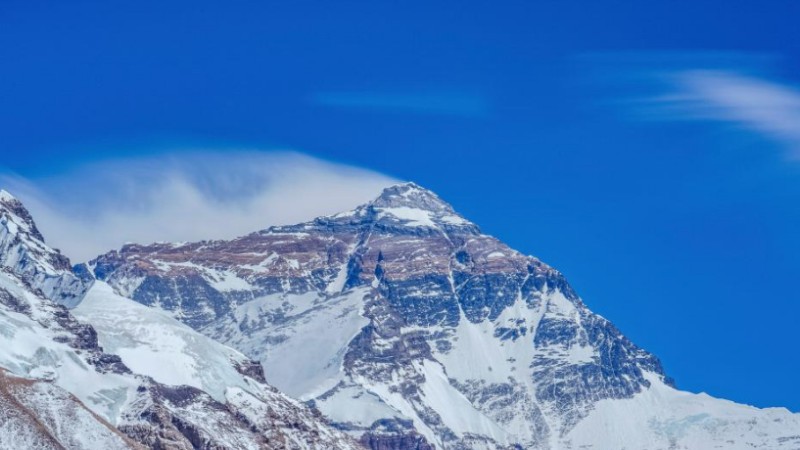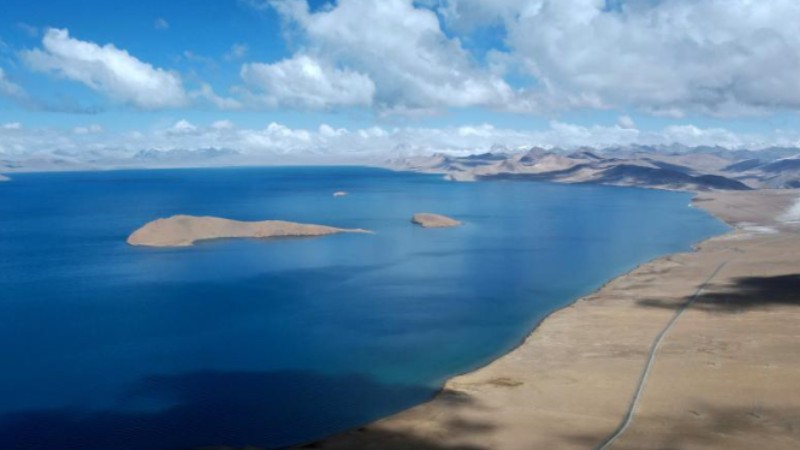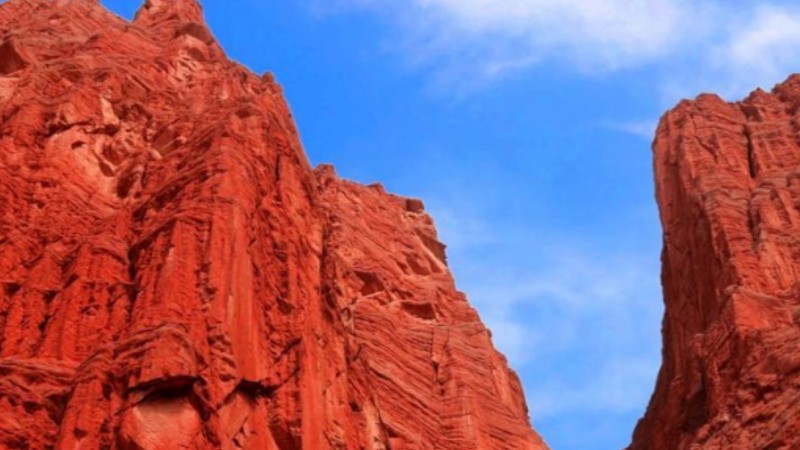Camping on the Great Wall of China
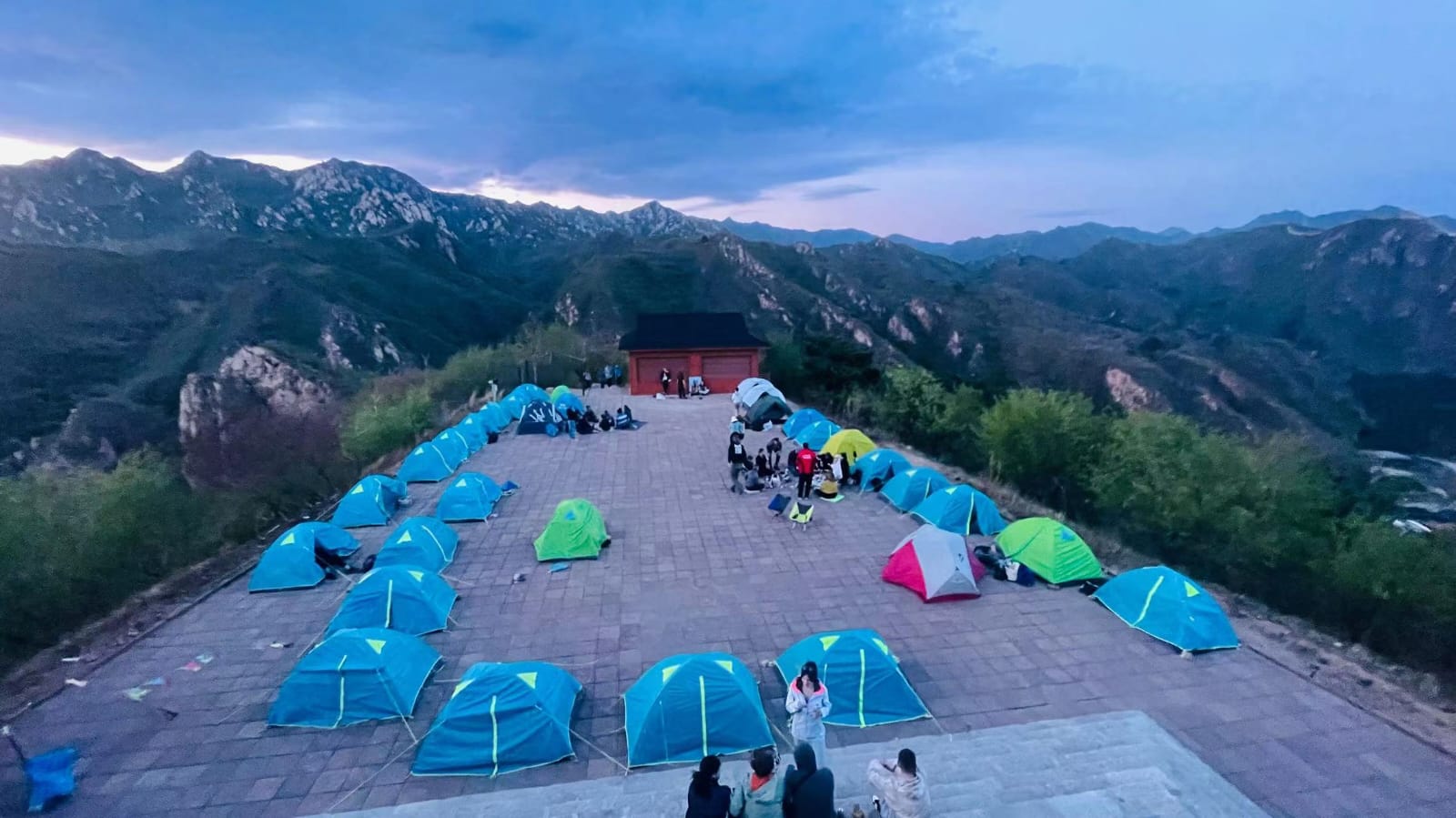
Camp site on the top of a hill and a part of the Great Wall. The place is equipped with a pleasant soft cover. You can experience comfortable camping in a fantastic location.
If you come to China, visiting the Great Wall of China is a must. After all, it is one of the most emblematic and well-known structures in the world. Moreover, with its more than 21,000 kilometers that scientists have so far discovered stretching through the mountains of northern China, it is a truly breathtaking man-made work. It is even more stunning in the evening twilight, when the landscape changes dramatically, the shadows lengthen and the mountain tops are bathed in the purple of the setting sun, forming an experience that is engraved in one's heart.
Most visitors only get the chance to spend a few hours on the Great Wall, almost always surrounded by crowds of other tourists. But when we had the opportunity to spend the night in a tent on the Great Wall of China, we didn't hesitate for a moment to take it. The event was organized by the Chinese tourism organization “Culture Exchange Trip (CET)” for less than 380 yuan including transport from downtown Beijing, entrance fees and rental of a tent, sleeping bag and mat.
The target was a section of the Great Wall of China in Huanghuacheng, the city of yellow flowers, 65 km north of central Beijing. It is a wonderful and unique place, in which majestic mountains, winding walls and a large body of water, or rather a dam, come together, making it a popular place for family events, camping, concerts, swimming and boating. And of course, tackling 12 kilometres of wall, most of which has been restored and made accessible.
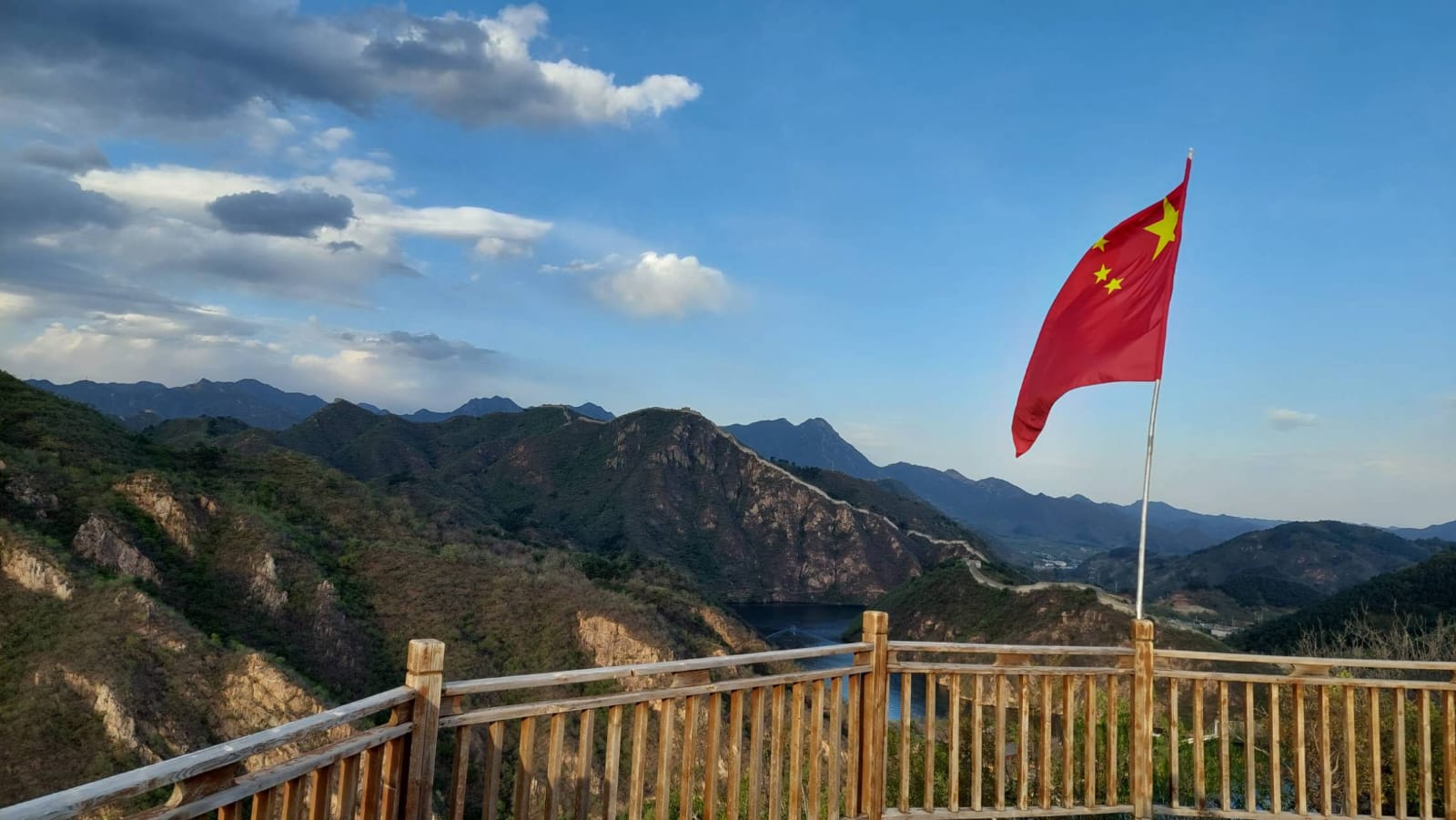
Flag - China can rightly be proud of its long and rich history. When the peaks of the mountains, along which the Great Wall winds like a ribbon, are bathed in the golden rays of the setting sun, one's breath is taken away by the monumentality of the landscape.
Protecting the living and the dead
Not many people know that there is not only one Great Wall of China. To strengthen the defense of the northern border, the emperors of the Ming Dynasty (1368–1644) built inner and outer parts of the Great Wall. Many walls also enclosed the inner provinces and protected important sites. The Huanghuacheng section is part of the inner wall, which connects the Mutianyu section of the Great Wall in the east via Jiankou and Juyong Pass in the west. Due to its complex mountainous terrain, it is strategically located as the northern gateway to Beijing.
The first foundations of the Great Wall in Huanghuacheng were laid in 1404, and construction lasted a full 188 years until 1592. This part of the wall was built to protect emperors both living and dead. For the first several years, the wall protected the living, but after the Yongle Emperor began his reign in the capital Beijing, he built a mausoleum on Tianshou Hill, south of Huanghuacheng. So the Great Wall of China is not only meant to defend Beijing, but also the mausoleum (which later became the Ming Tombs).
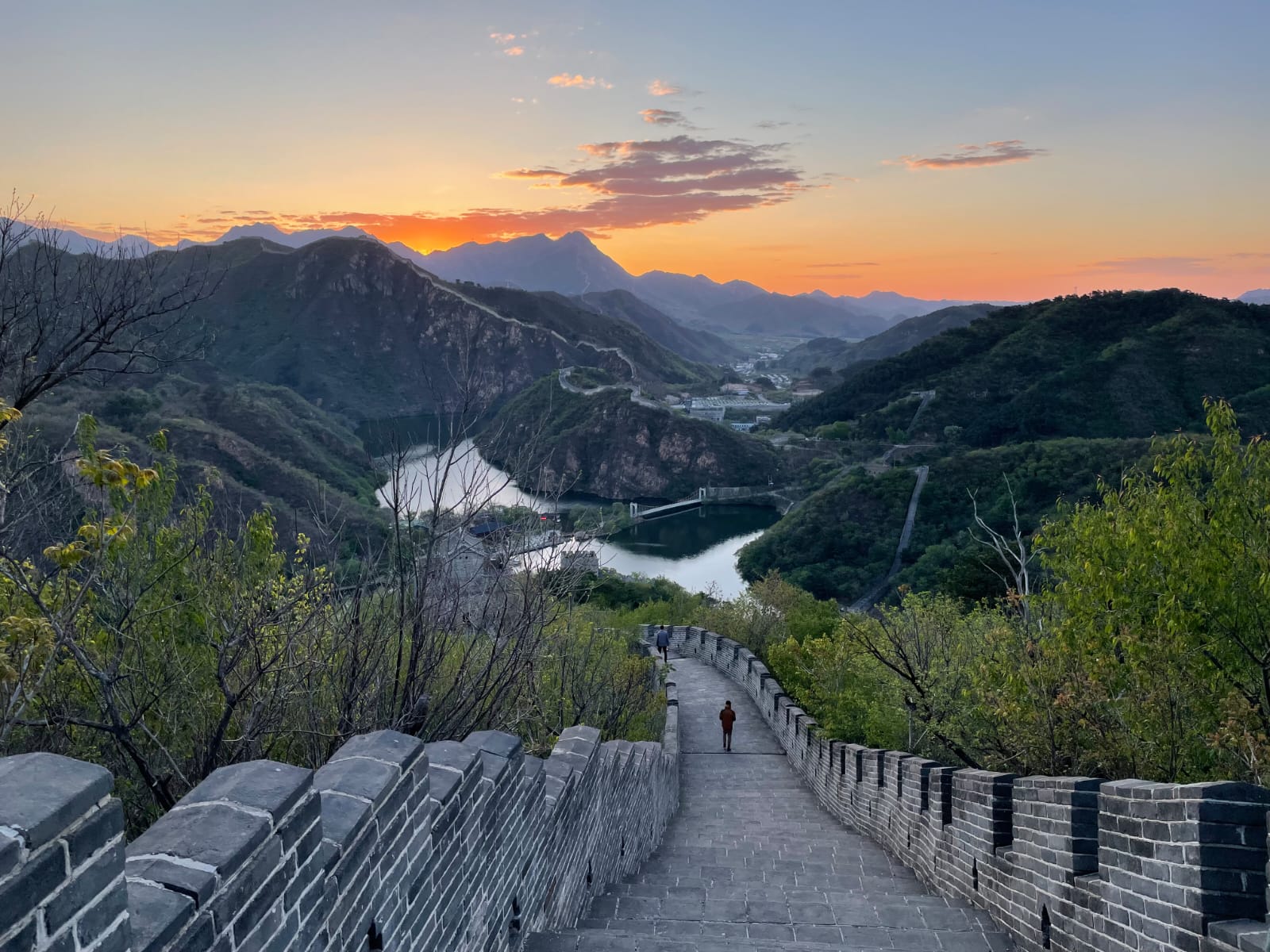
The view from the almost deserted Great Wall of China to the valley, which wakes up with the first rays of the morning. When you stand alone in this place at such a moment, you feel small in the flow of history.
A tourist paradise
In modern times, a dam reservoir was built on the site at the entrance to the Xishuiyuguan Pass valley. This resulted in the creation of a picturesque winding lake that flooded three parts of the Great Wall and gave the place an unusual atmosphere.
But this does not mean that the presence of tourists is not felt there. Quite the contrary. In front of the valley you will find several large parking lots. The entrance to the valley itself is subject to a fee. After crossing the dam wall, visitors will have to climb the first hill. Behind it, however, lies a beautiful valley with an azure water surface and hills with chestnut gardens, which were planted here by Ming Dynasty soldiers entrusted with guarding Huanghuacheng.
The banks of the reservoir are surrounded by kiosks and places to sit. You will also find a large children's playground and, a little higher, a large area for camping. Live music performed by local people who play world country hits also add color to the place.

View of the lake level in the valley from the window of the fortress. The lake offers many possibilities for enjoyment - swimming, or renting boats and motorboats and gives the whole place an unforgettable atmosphere.
But every visitor who comes here is most interested in the tops of the hills, and it is on one of the highest that there is an area for sleeping and camping. Brave and able-bodied tourists go up on foot. The less adventurous can use the cable car, which costs ¥80 per ride. But that's only for the weak, I thought. Climbing hundreds of stairs, each a different size and often going up the sides of the mountains at crazy angles, requires a great deal of stamina. However, the feeling of euphoria after almost spitting your soul out during the hike is unreal. And the views of the surrounding hills and valleys even more so. At the top of the hill there is a pleasant plot for camping, which comfortably accommodates 25 tents.
Then when you watch how the setting sun changes the landscape, the hilltops are bathed in golden colors, the valleys are covered with evening shadows, how the walls glow mysteriously in the moonlight as you sit and talk with friends, and how breathtaking colors are offered by the cool morning dawn, you know that all the effort was really worth it.
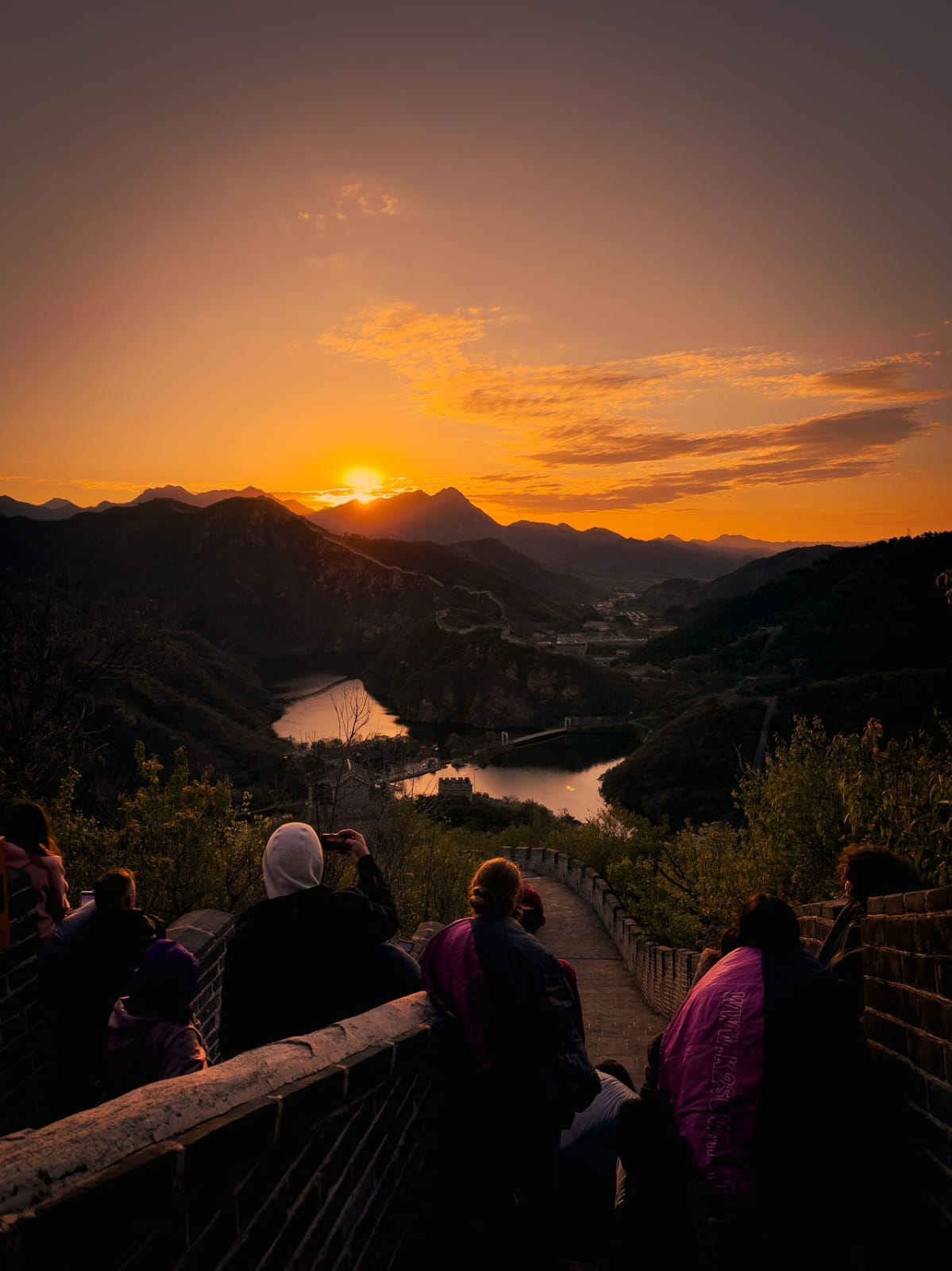
Although it was early in the morning, around five o'clock, and very cold outside, only a few degrees above zero, many campers did not want to miss the morning dawn.
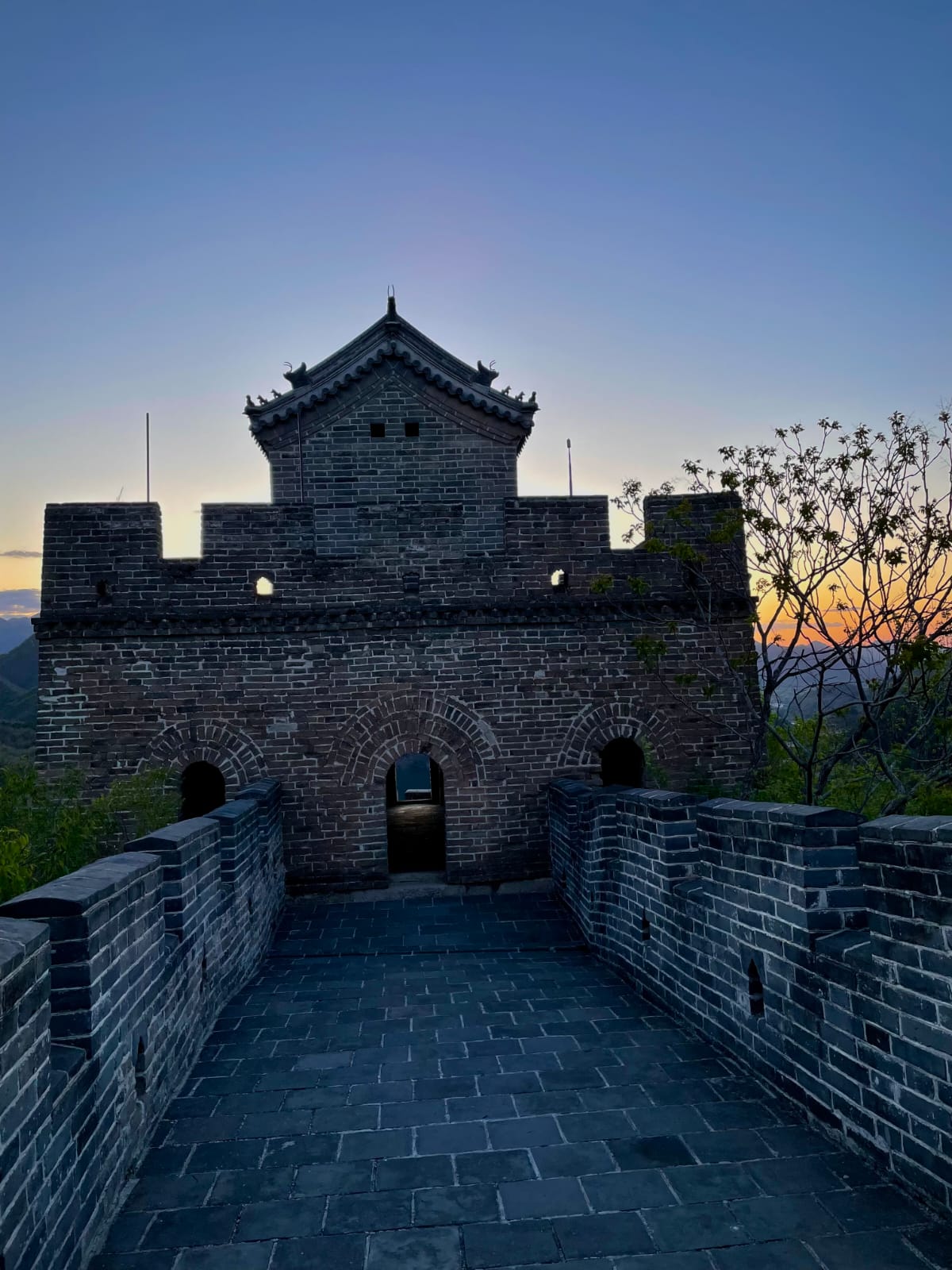
The tops of fortifications, strong fortresses, stand proudly for ages in the rising sun.
Photos taken by Helena Kočová and Bulancia Maria-Mădălina
Helena Kočová is a journalist from Naše Pravda, a weekly newspaper of the Czech Republic. Bulancia Maria-Mădălina, a journalist from Curierul Național of Romania, helps edit and translate the original Czech version.
Photos
Copyright © 2023 People's Daily Online. All Rights Reserved.






